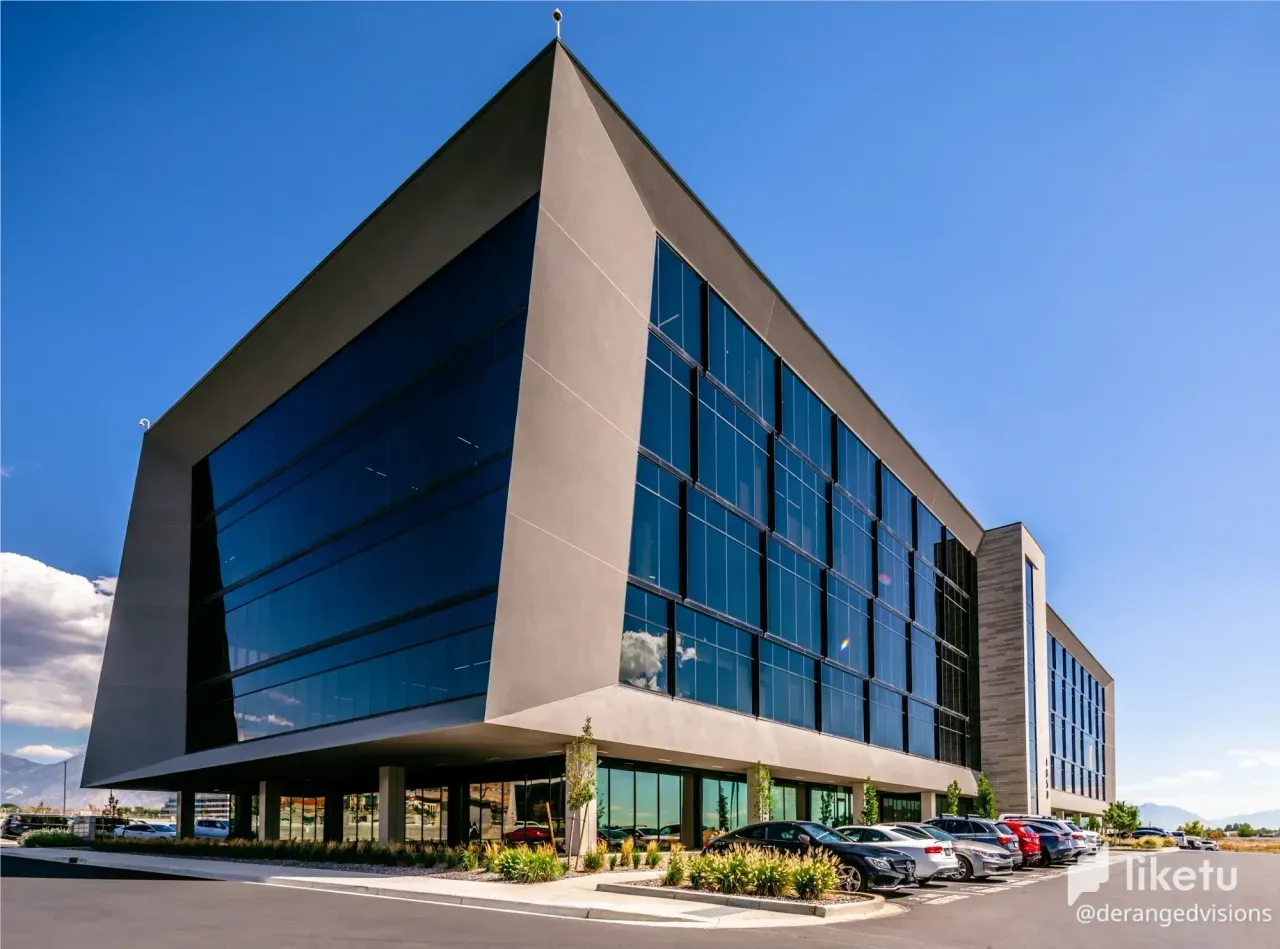
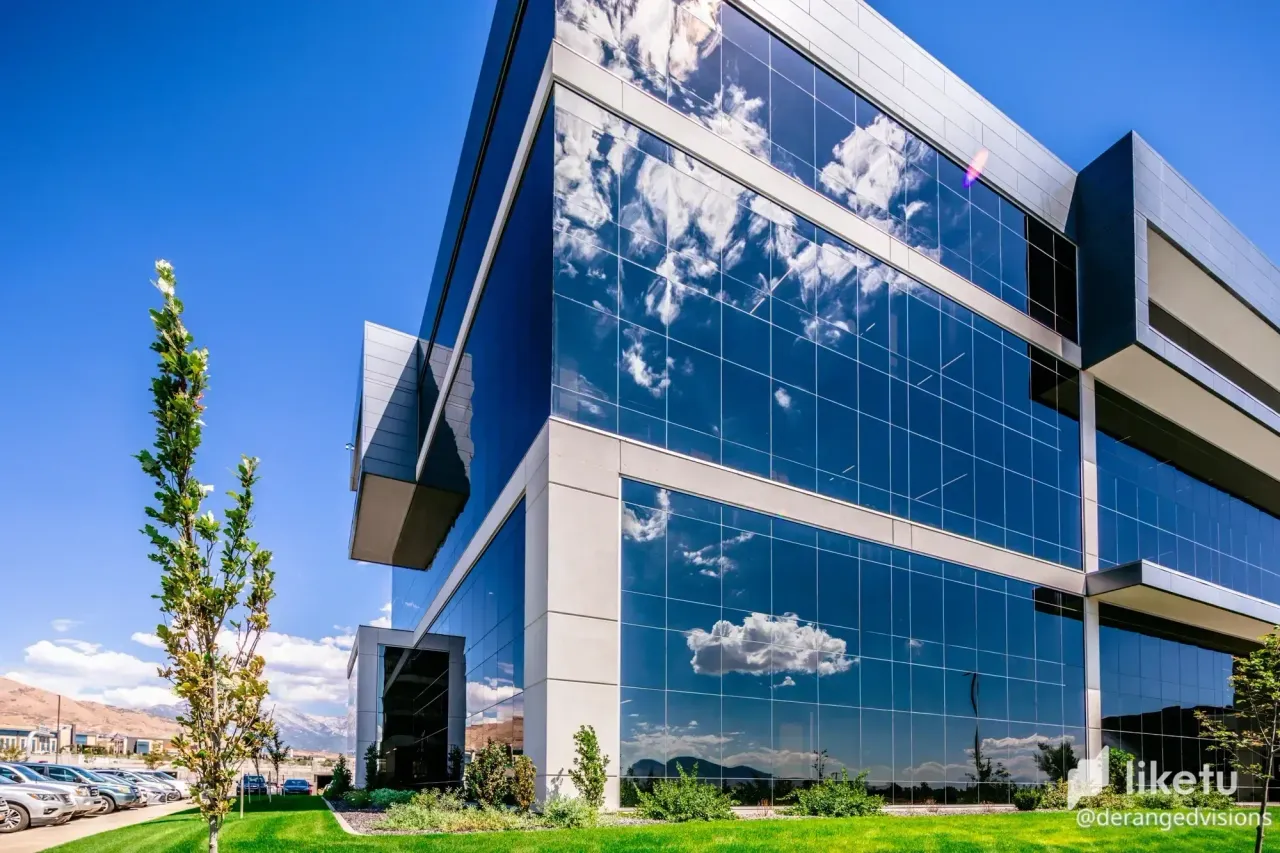
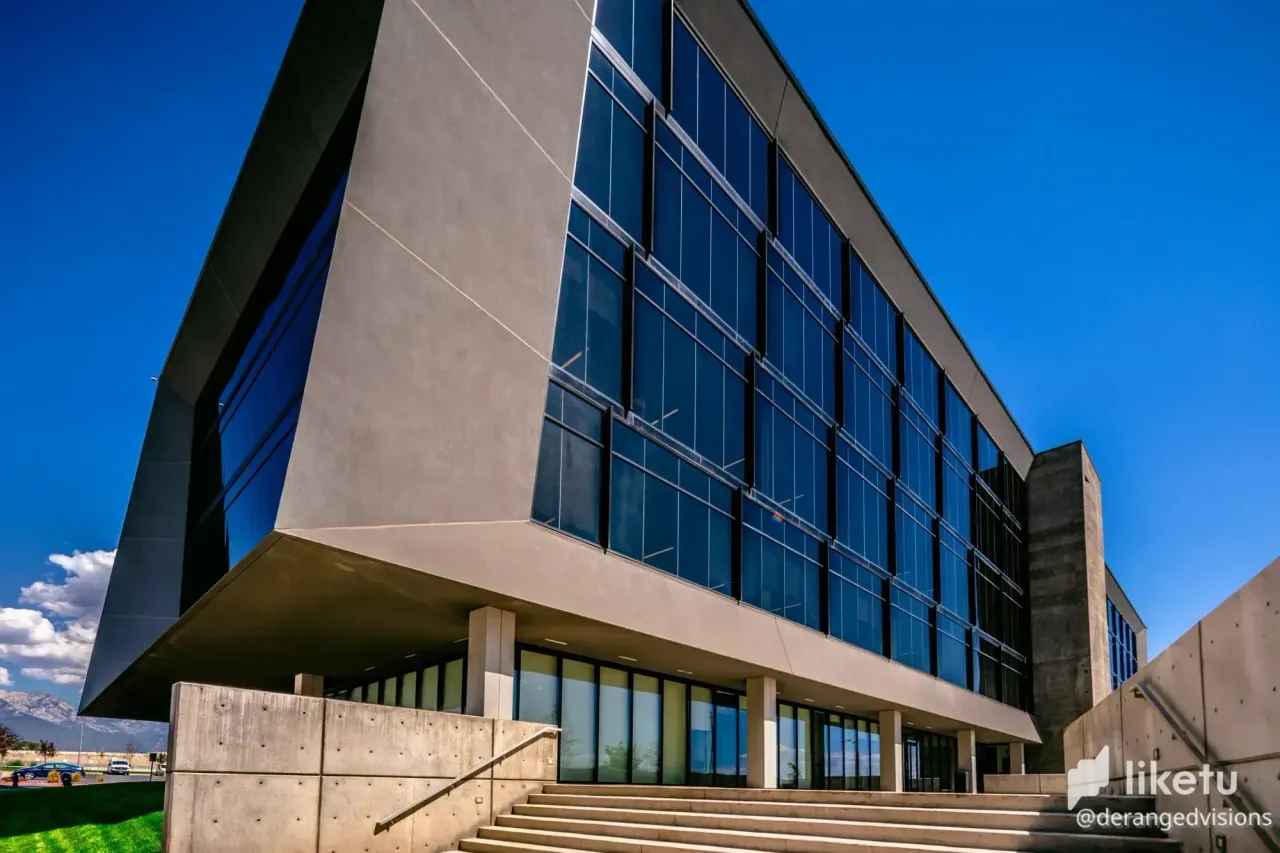
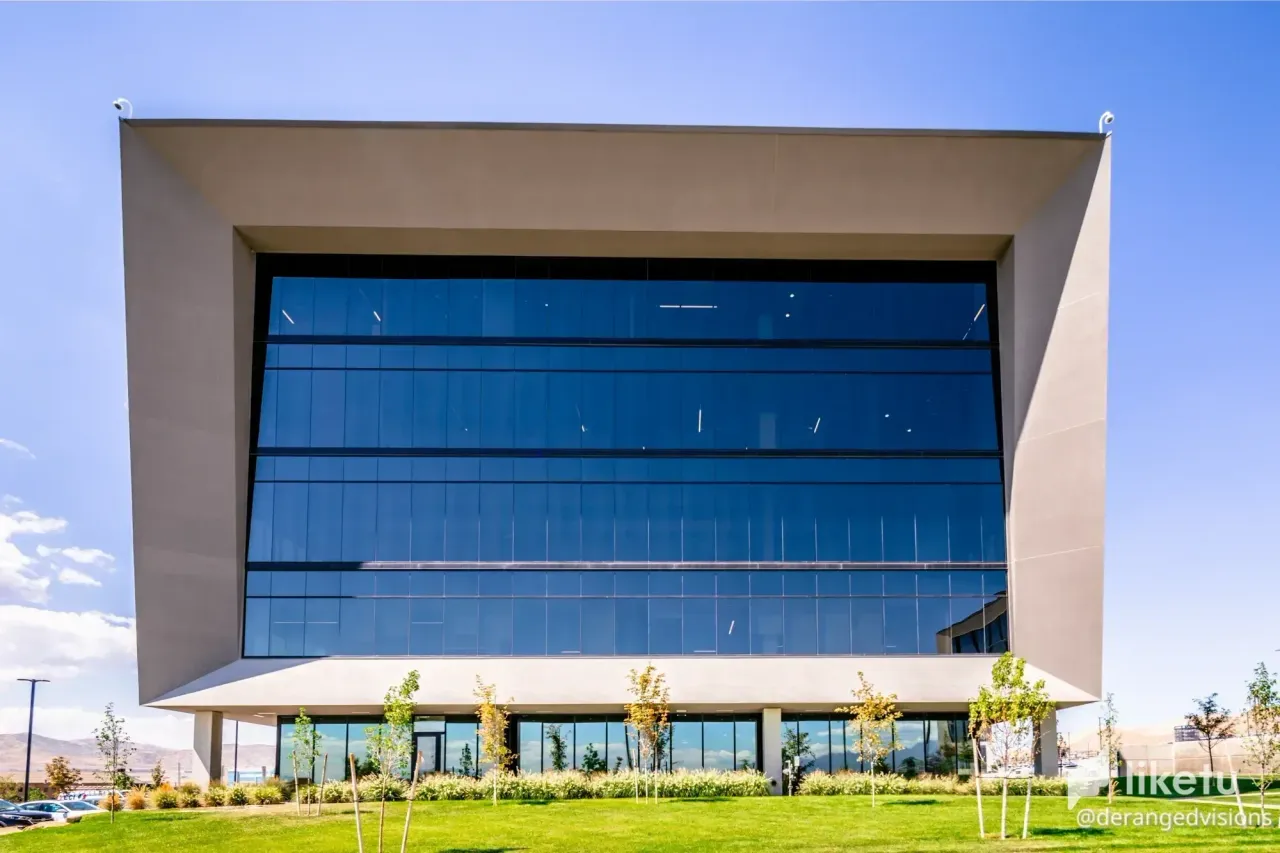
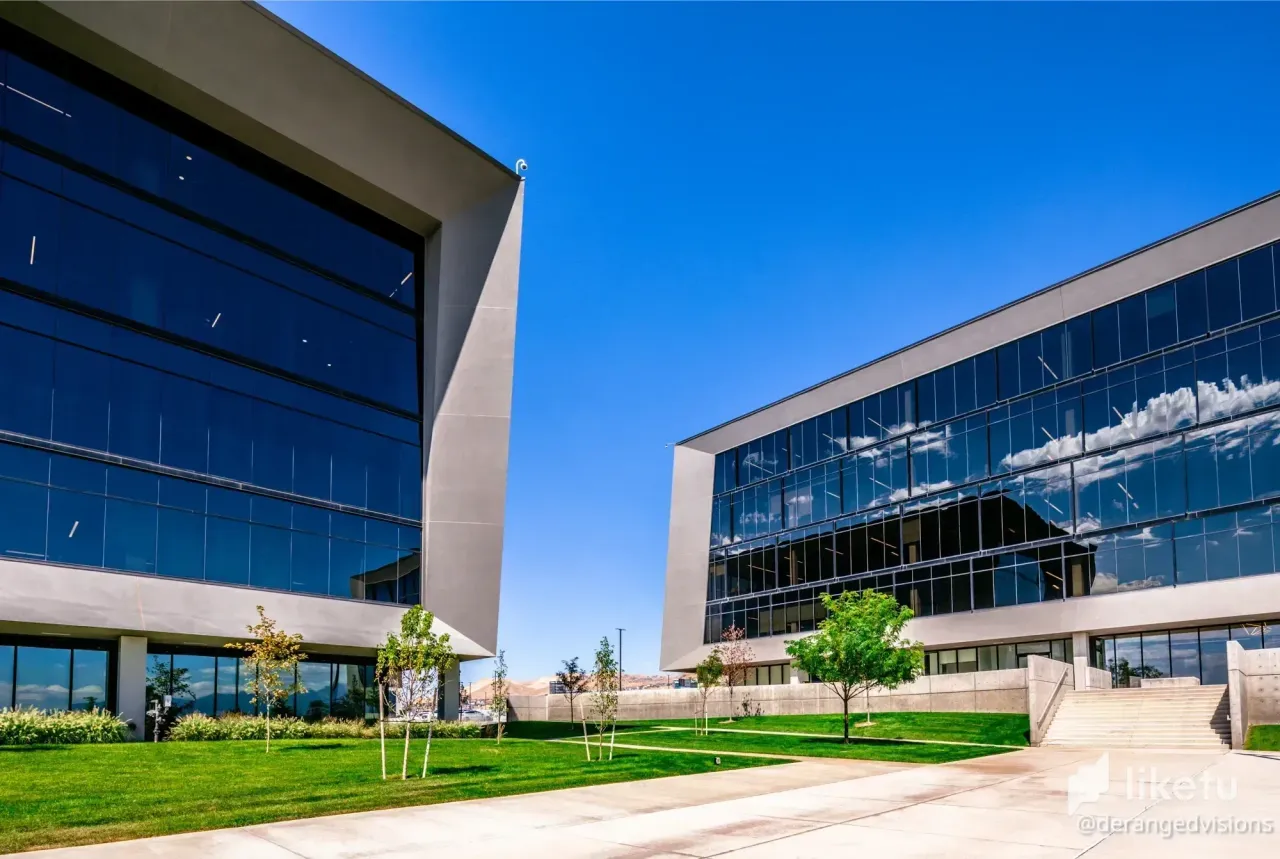
Last week, I ordered the Canon 17mm f/4 Tilt Shift lens and it came in the mail today. I have been getting more into architectural work and have had a few clients let me take some photos for them. During my first shoot, I noticed that I had to spend a lot of time getting the lines right in post because my 24mm lens was wide and distorted the images.
Well, with a tilt shift lens, you can line everything up before you even take the shot. Tilt shifts are a bit weird because you can move the lens elements around and essentially change the focal planes. They can also be used to create some really cool effects and make everything look like a miniature city. I will have to try and do that one day, but to make things look miniature, it is best if you are up higher than what you are shooting.
The area I live is pretty much the new Silicone Valley in the US, so there are a lot of really cool architecture because these companies really want their buildings to stand out. They are the perfect buildings to practice on. It was really bright outside and the sun was up in the middle of the sky, which is one of the worst times to go out and take photos.
One thing you can do to make your photos look better when the lighting isn't that great is to shoot HDR. To do this, you need a camera that has exposure bracketing. When you use exposure bracketing, your camera takes a series of photos at different exposures. It takes photos at normal exposure, then under exposed and over exposed. Then I merged the three images I took in Lightroom and it gives me a final image that has all the information from the whites and blacks. It basically expands the dynamic range of your camera allowing you to get a lot more information to work with in post production. One thing to be careful with is to not overdo the HDR look because you can really make your images look dumb with too much HDR editing.
Overall, it was a pretty good experience with the lens today. It does take a lot longer to shoot with this lens because there is a lot more manual adjustments that need to be done, but the end result is way better than with my normal lenses. I can't wait to get back out there and continue to learn more about this type of photography.